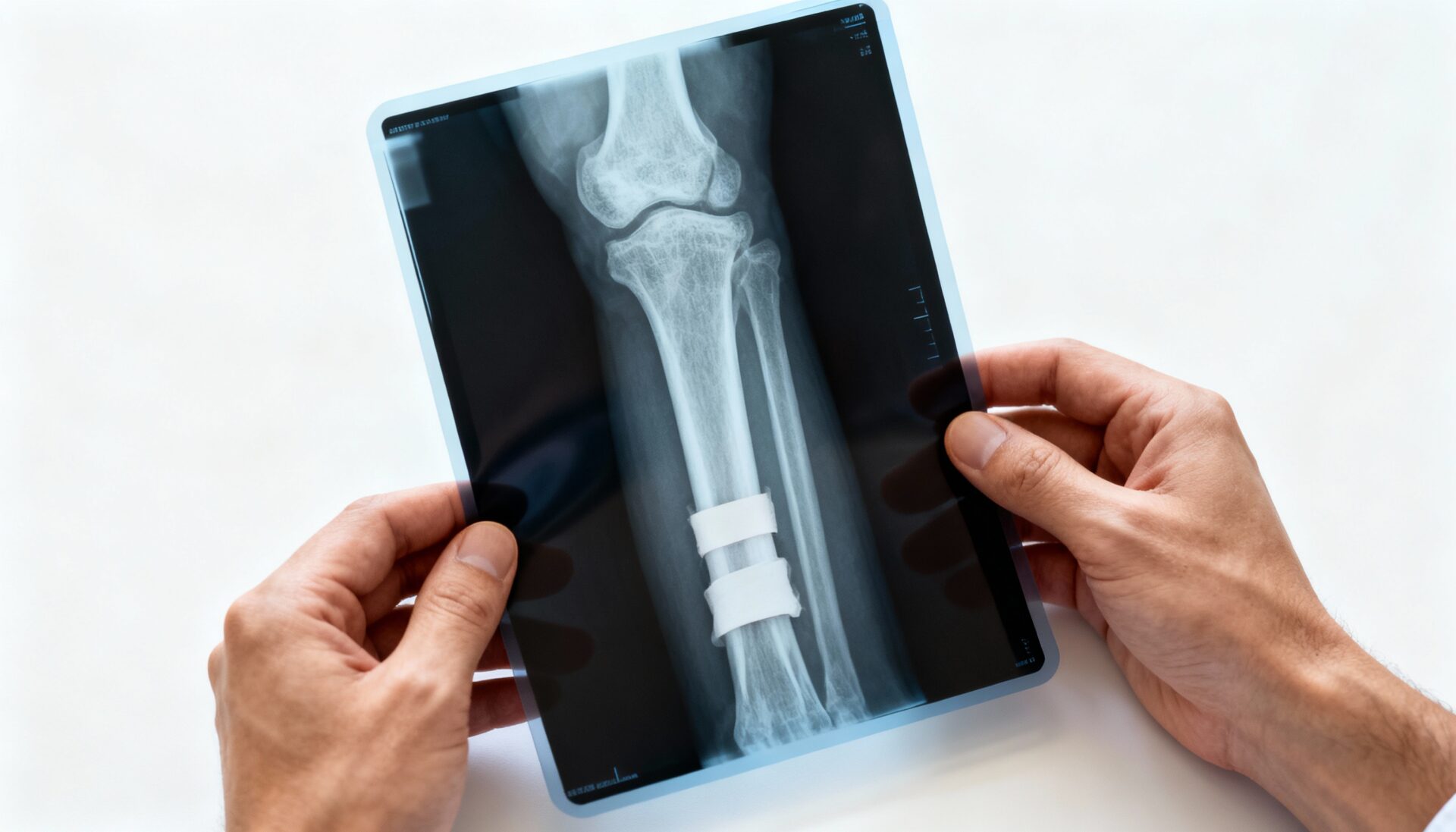Any chain of amino acid is protein. An amino acid is the building block of any cell. They provide cells with the building substance they need to grow and maintain their structure. The body is about sixty percent water, and twenty percent protein. And most of the rest of the body is made up of minerals such as calcium in bones. Amino acids are called “amino acids” since they all have an amino group (NH²) and a carboxyl group (COOH) which is acidic. There are two different types of amino acids in the body: non-essential and essential. Non-essential amino acids are those amino acids that the body can produce out of other chemicals found in the body. Essential amino acids however, cannot be manufactured by the body and therefore the only way to get them is from Amino Acids in food.
Combining
Amino acids in food like meat, milk, and eggs provide protein called “complete protein”. Which means that they contain all of the essential amino acids. Amino acids in food such as vegetable sources are low or missing certain essential amino acids. Rice for one is low in isoleucine and lysine. However, various vegetable sources are deficient in different amino acids. And so by combining different foods results in getting all of the essential amino acids throughout the course of the day. Some amino acids in food such as nuts, beans, soybeans and others are high in protein. Which if combined can give the body a complete coverage of all essential amino acids.
Digestion
During digestion, the digestive system breaks all proteins down into their amino acids so that they can get into the bloodstream. And then the cells use the amino acids as building blocks.
Protein
The body cannot survive on carbohydrates alone, it needs protein. The recommended daily allowance for protein is 0.36 grams of protein per pound of body weight. Which means to say that a person weighing 150 pounds needs 54 grams of protein per day. A can of tuna may contain about thirty two grams of protein, a glass of milk has about 8 grams of protein, and a slice of bread might contain about two to three grams of protein. It is not that hard to meet this daily recommended allowance for protein. The right combination of amino acids in food can complete this requirement.
INCLUDE Protein Consumption IN Diet
Protein as a source of amino acids should account for ten to twenty percent of the calories in a balanced diet. Amino acids in food from animal origin such as meat, and poultry, dairy products, fish and eggs, are the richest sources of the essential amino acids. Most people eat more than enough protein; however for some vegetarians they consume inadequate protein that may not be consuming adequate amounts of amino acids in food and results to unfulfilled amino acids bodily functions.







































